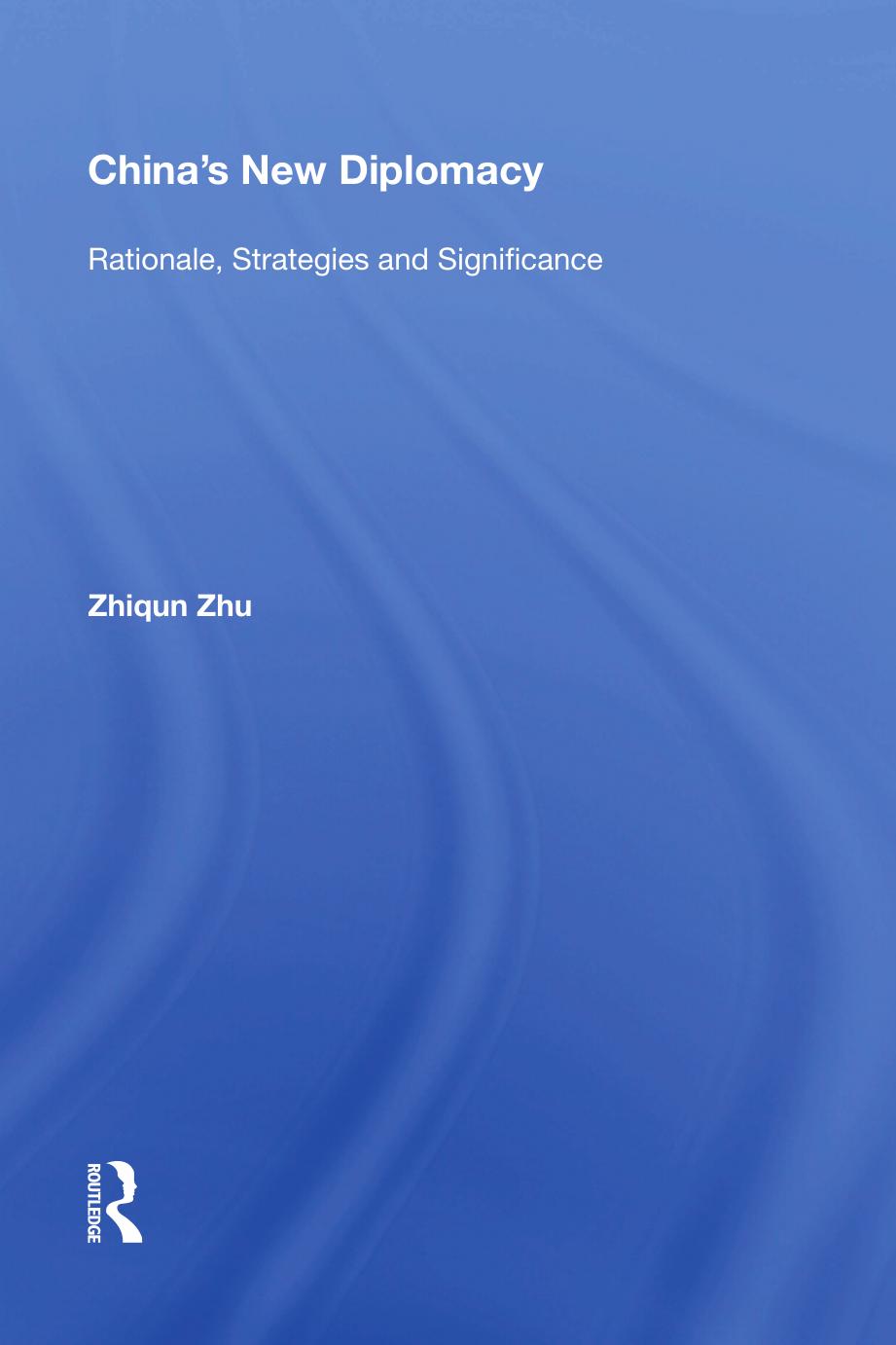China's New Diplomacy: Rationale, Strategies and Significance by Zhiqun Zhu

Author:Zhiqun Zhu [Zhu, Zhiqun]
Language: eng
Format: epub, pdf
Tags: Literary Collections, Asian, General, Political Science, International Relations, Public Policy, Economic Policy
ISBN: 9781472413680
Google: WV1GmQEACAAJ
Goodreads: 21927173
Publisher: Ashgate Publishing Limited
Published: 2013-01-15T07:07:08+00:00
Expanding Trade and Increasing Investment
Like elsewhere, a major strategy China has taken is to promote trade with and increase investment in Central Asia. The Chinese strategy for the purchase of oil fields is influenced by Beijingâs late arrival to the Central Asian marketâChina can only acquire sites of relatively marginal importance. In spite of this disadvantage, China has invested in fields in the Aktobe region and near the Caspian Sea in order to establish some presence in the energy sector of Central Asia. China is also involved in more isolated fields along the route of the Sino-Kazakh pipeline. The general Chinese strategy is to connect all acquired fields along the Sino-Kazakh pipeline, which will connect the shores of the Caspian to the Dostyk/Alashankou border post. The first section, which links the Kenkiyak field to Atyrau, became operational in 2003; and the second section, connecting the pumping station and railway terminal in Atasu to the Dostyke/Alashankou station was opened in May 2006. China managed to buy a key Kazakh oil company in 2007 and in 2005 a 1,000-mile pipeline began carrying Kazakh crude oil to China. China plans to extend the pipeline westward by 2011 to funnel Caspian oil eastward.32 This third and last section of the pipeline, which runs through central Kazakhstan, will increase the pipelineâs global export capacity to 20 million tons per year, and will secure about five percent of the total volume of Chinese oil imports.33
China plans to build 12 highways by 2010 linking its remote northwest to Central Asia, targeting a key source for energy and commodities to fuel its rapid economic growth. The longest will stretch 1,680 kilometers (1.045 miles) from Urumqi to Istanbul. The planned highways would connect China with Russia, Kazakhstan, Tajikistan and Pakistan.34 In 2005 China allocated $3.75 million to repair the 16 miles of roadway between the Kyrgyz capital of Bishkek and the Manas airport. In September 2006 China provided a loan for Kyrgyzstanâs purchase of automobiles worth $1.8 million. In January 2007 Chinese and Tajik firms signed an agreement in Beijing for the provision of a $200 million loan (for 25 years with an annual interest rate of one percent) to build a 150-megawatt hydroelectric power station on the River Zarafshon in northern Tajikistan. In late 2006 China extended a $24.5 million low-interest loan to finance construction or revamping of fiber optic and cellular telephone networks throughout Turkmenistan. In March 2007 China provided a $24 million loan for the purchase of Chinese drilling equipment and field camps for geological work and a $36 million loan to purchase Chinese railway passenger cars.35
Trade patterns across the borders have changed over the years. In the 1960s China and the Soviet Union fought bloody skirmishes along the Amur River that divides the two countries. When relations began to thaw in the 1980s, many Chinese flocked across the border to buy Soviet cars, farm machinery, kitchen utensilsâanything they could get their hands on. Now trade moves in the opposite direction. In the city of Blagoveshchensk, which sits on the Amur River, the Chinese are sustaining the local economy.
Download
China's New Diplomacy: Rationale, Strategies and Significance by Zhiqun Zhu.pdf
This site does not store any files on its server. We only index and link to content provided by other sites. Please contact the content providers to delete copyright contents if any and email us, we'll remove relevant links or contents immediately.
Zero to IPO: Over $1 Trillion of Actionable Advice from the World's Most Successful Entrepreneurs by Frederic Kerrest(4054)
Machine Learning at Scale with H2O by Gregory Keys | David Whiting(3629)
Harry Potter and the Goblet Of Fire by J.K. Rowling(3610)
Never by Ken Follett(3528)
Ogilvy on Advertising by David Ogilvy(3332)
Shadow of Night by Deborah Harkness(3174)
The Man Who Died Twice by Richard Osman(2808)
Book of Life by Deborah Harkness(2719)
My Brilliant Friend by Elena Ferrante(2703)
How Proust Can Change Your Life by Alain De Botton(2613)
0041152001443424520 .pdf by Unknown(2595)
Will by Will Smith(2580)
The Tipping Point by Malcolm Gladwell(2559)
How to Pay Zero Taxes, 2018 by Jeff A. Schnepper(2500)
Purple Hibiscus by Chimamanda Ngozi Adichie(2485)
Hooked: A Dark, Contemporary Romance (Never After Series) by Emily McIntire(2422)
Rationality by Steven Pinker(2149)
Borders by unknow(2118)
Daughter of Smoke and Bone by Laini Taylor(2081)
